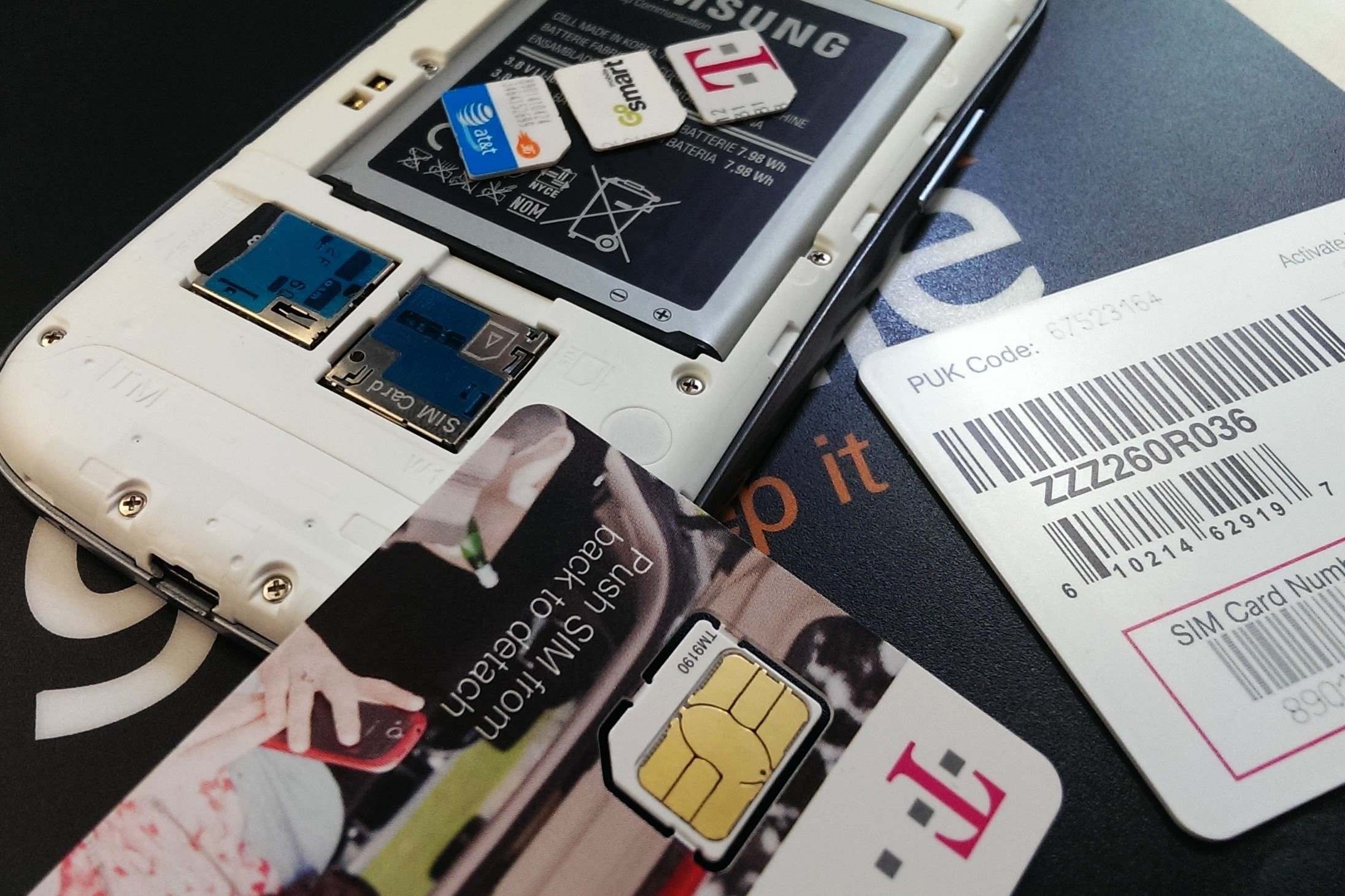Checking for a SIM Card Slot
Before delving into the digital realm to verify the presence of a SIM card, it’s essential to conduct a physical examination of your phone. Most modern smartphones are equipped with a SIM card slot, typically located on the side of the device. To begin the inspection, power off your phone and locate the SIM card tray. This can usually be found on the upper or lower edge of the device, depending on the make and model. Once you’ve identified the SIM card tray, gently insert the provided SIM eject tool or a paperclip into the small pinhole to release the tray. Carefully slide out the tray and observe whether a SIM card is inserted.
If you find a SIM card within the tray, congratulations! Your phone is equipped with this essential component for cellular communication. However, if the tray appears empty, it’s crucial to ensure that the SIM card has not been removed or misplaced. In some cases, the SIM card may have been dislodged from its position, necessitating a careful reinsertion to restore connectivity. If the SIM card is indeed missing, it may be necessary to obtain a replacement from your service provider.
It’s important to note that certain smartphone models, particularly those designed for specific markets or purposes, may not support traditional SIM cards. Instead, they may utilize eSIM (embedded SIM) technology, which eliminates the physical SIM card in favor of a virtual, programmable component. If your phone falls into this category, the absence of a physical SIM card is expected, and alternative methods must be employed to verify its presence and activation.
Using the Phone Settings to Verify SIM Card Presence
When the physical inspection yields inconclusive results or if accessing the SIM card tray is impractical, utilizing the phone’s settings to confirm the presence of a SIM card becomes essential. To begin this digital exploration, power on your phone and navigate to the “Settings” app, typically represented by a gear icon. Once inside the settings menu, locate the section related to “Network & Internet,” “Connections,” or “SIM card & mobile data,” depending on the specific layout of your device’s settings.
Upon entering the relevant section, you should encounter information pertaining to the status and configuration of the SIM card. This may include the SIM card number, network provider, signal strength, and various network settings. By reviewing this information, you can verify whether a SIM card is recognized by the device and whether it is actively connected to a mobile network. Additionally, some phones may display a notification if the SIM card is missing or improperly inserted, providing valuable insight into the status of this crucial component.
If the settings display confirms the presence of a SIM card and indicates a connection to a mobile network, your phone is ready to fulfill its communication duties. However, if the information suggests an issue with the SIM card or a lack of network connectivity, troubleshooting steps may be necessary. This could involve reseating the SIM card, adjusting network settings, or contacting your service provider for further assistance.
It’s important to keep in mind that the precise location of SIM card settings can vary between different phone models and software versions. If you encounter difficulty locating the relevant information, referring to the device’s user manual or conducting a quick online search specific to your phone model can provide the necessary guidance to navigate the settings and verify the presence and functionality of the SIM card.
Contacting the Service Provider for Confirmation
If the physical inspection and digital exploration leave lingering doubts about the presence or status of the SIM card in your phone, reaching out to your service provider can provide definitive clarity. Contacting the service provider’s customer support team allows you to directly inquire about the activation and status of the SIM card associated with your phone number and account.
Before initiating the communication, ensure that you have your account details and phone number readily available, as the service provider may require this information to assist you effectively. Customer support contact options typically include phone hotlines, online chat services, and email support. Opt for the method that best suits your preference and convenience.
During the interaction with the customer support representative, clearly articulate your concerns regarding the SIM card, emphasizing any observed issues or uncertainties. The representative will then be able to access your account details and remotely verify the status of the SIM card activation and connection to the mobile network. They can also guide you through any troubleshooting steps or provide specific instructions to address any identified issues.
In some cases, the service provider may remotely diagnose and resolve SIM card-related issues, such as network registration problems or account provisioning errors. Additionally, if the SIM card is found to be inactive or disconnected, the customer support team can initiate the necessary steps to reactivate the SIM card or issue a replacement, if required.
Engaging with the service provider not only offers reassurance regarding the presence and functionality of the SIM card but also presents an opportunity to address any underlying network or account-related concerns. By leveraging the expertise and resources of the service provider, you can ensure that your phone’s communication capabilities are fully optimized, allowing you to stay seamlessly connected in the digital realm.

